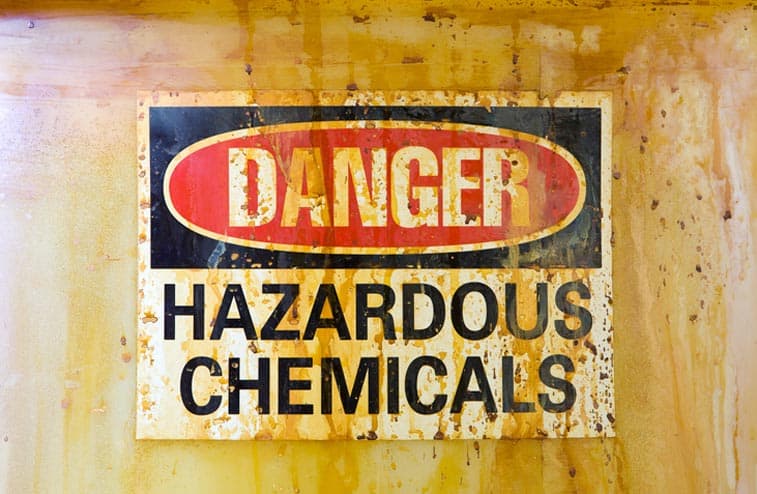When it comes to working with hazardous substances, safety should always be your top priority. These substances can pose serious risks to your health and the environment, so it’s crucial that you take the necessary precautions to protect yourself and those around you.
One of the biggest dangers of working with hazardous substances is exposure. Exposure can occur through inhalation, ingestion, or skin contact, and can lead to a range of health problems, from minor irritation to long-term health conditions and even death.
To minimise the risks of exposure, it’s important to always wear the appropriate personal protective equipment (PPE) for the task at hand. This may include gloves, goggles, respirators, or other specialised equipment. Make sure that your PPE is in good condition and fits properly, and never remove it while working with hazardous substances.
Another important safety consideration is proper handling and storage of hazardous substances. These substances should always be stored in designated areas, away from incompatible materials and sources of heat or ignition. Follow all manufacturer instructions for handling and storage, and never mix different substances unless you are certain that it is safe to do so.
It’s also important to be aware of the hazards associated with specific substances. Some substances may be flammable, corrosive, or reactive, and may require special handling or disposal procedures. Always consult the safety data sheet (SDS) for the substance you are working with, and follow all recommended precautions and procedures.
In addition to the risks associated with exposure to hazardous substances, there may also be environmental risks to consider. Improper disposal of hazardous substances can contaminate the soil, air, and water, leading to serious environmental damage. Always follow proper disposal procedures for hazardous substances, and never dispose of them in the regular trash or down the drain.
Finally, it’s important to be aware of the signs of exposure to hazardous substances. These may include skin irritation, respiratory problems, nausea, dizziness, or other symptoms. If you experience any of these symptoms, seek medical attention immediately.
Working with hazardous substances can be dangerous, but with the right precautions and procedures, you can minimise the risks and stay safe. Always prioritise safety, follow all recommended procedures, and stay aware of the hazards associated with the substances you are working with. Remember, your health and safety, as well as the health and safety of those around you, depend on it.
Stay safe out there, and until next time, this is Gary, stay safe!
Cheers,

![]()






